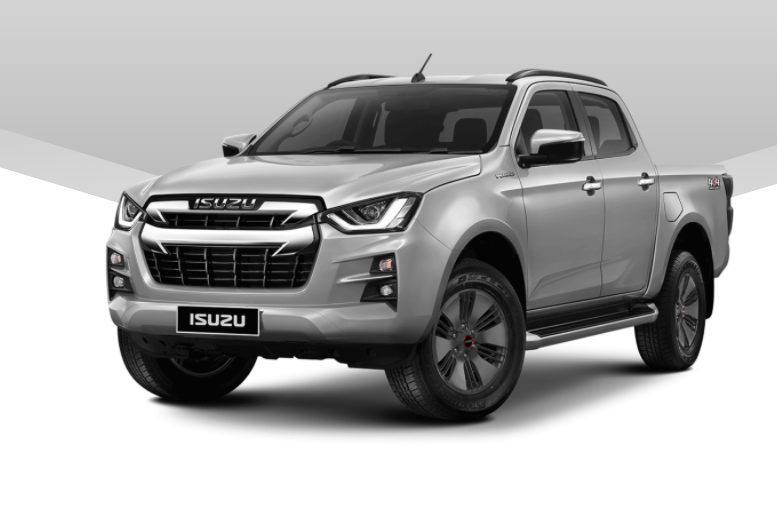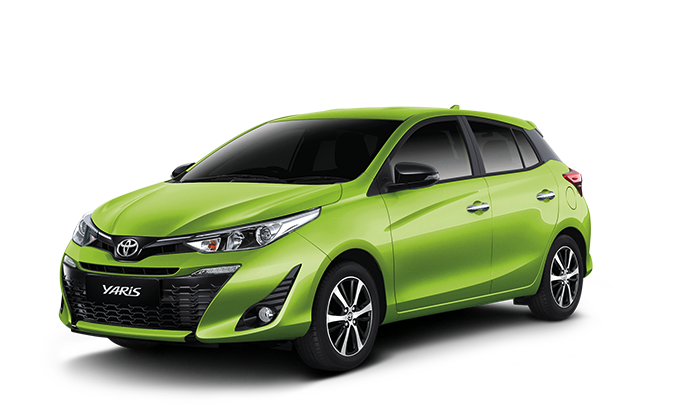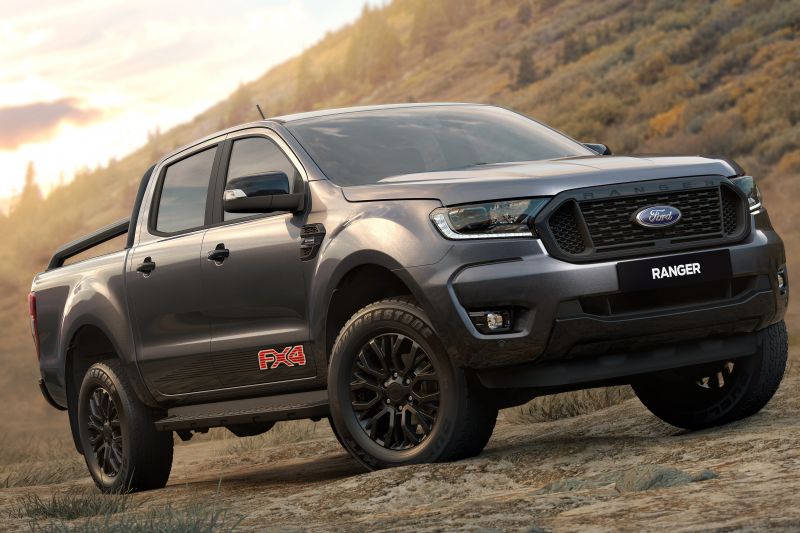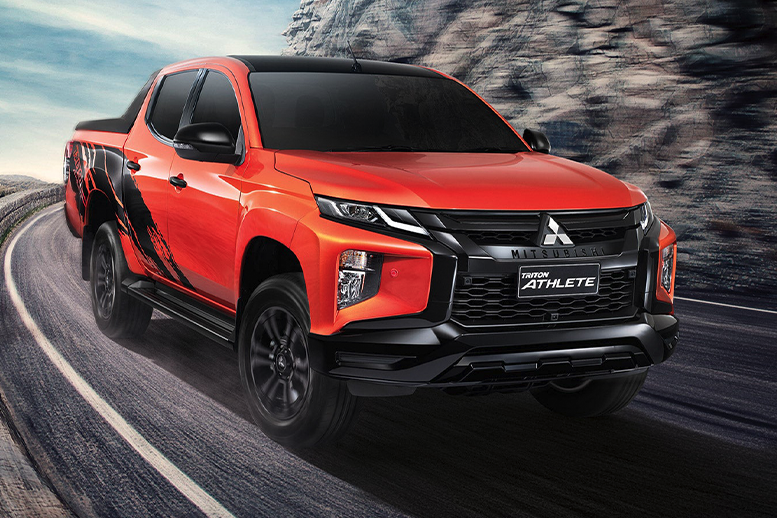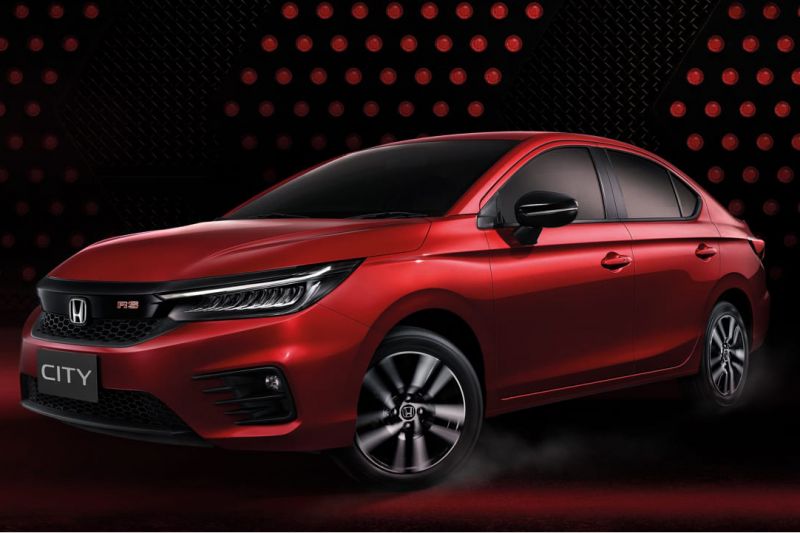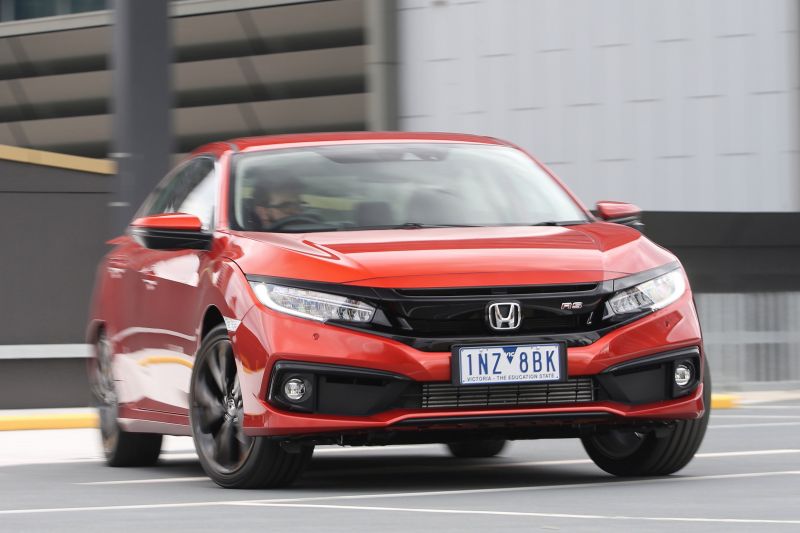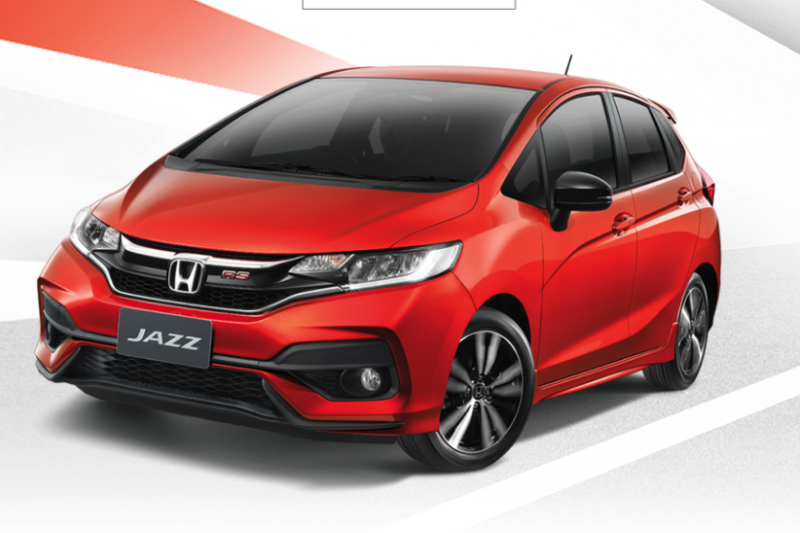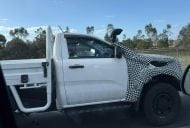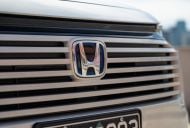In 2019, a whopping 271,120 of the vehicles sold in Australia were manufactured in Thailand.
That makes it Australia’s second biggest importer, sitting above South Korea but behind Japan.
With this in mind, it’s worth taking a look at Thailand’s car market trends and popular models.
Thailand is a vehicle manufacturing hub. It has an annual output of nearly two million passenger cars and utes, most of which are exported globally.
Unlike China, most vehicles made in Thailand are from foreign brands. Naturally, Thailand’s best selling cars are also made in the country.
Like Australia, dual-cab utes are the go-to vehicle representing more than 50 per cent of the new car market.
However, they have also been blamed for Bangkok’s dangerous air pollution levels, which has pushed the government to introduce levies on gas-guzzling vehicles and incentives for eco-friendly cars.
According to MarkLines Data Center, 1,007,552 cars were sold in Thailand during 2019.
With a population of nearly 70 million, this means only 1.2 per cent of the Thai population purchased a new car.
For context, four per cent of Australians bought a new car last year.
Toyota Hilux: 154,847 registrations
The Hilux is familiar in Australia – the ute is consistently our best-selling vehicle as well. Known for its reliability, it is made in Toyota Thailand’s Samrong plant.
In Thailand, it is called the Toyota Hilux Revo and is offered in Standard Cab, Smart Cab, and Double Cab guises.
On the latter two, a Revo Rocco option adds black cosmetic touches, an integrated rear steel bar, and black Dunlop wheels – similar to the Hilux Rogue model we get Down Under.
It’s no surprise that the Thailand and Australian Hiluxes are essentially the same.
However, the top-spec Double Cab Revo Rocco is priced at only 690,000 Baht ($34,000). Conversely, our flagship Rogue 4×4 Double Cab is priced at $61,690 before on-road costs.
The Hilux topped Australian sales charts with 47,649 sold in 2019. But that figure pales in comparison to Thailand, with more than triple the sales.
Isuzu D-Max: 148,236 registrations
Produced in the Samutprakan, Thailand factory, the Isuzu D-Max is yet another multi-purpose workhorse ute.
The third generation of the D-Max launched in its home country in late 2019, with an all-new platform and beefed-up design. In Australia, the all-new model will arrive later this year.
Local specifications haven’t been announced but expect a tuned 3.0-litre turbo diesel four-cylinder – outputting 140kW (at 3600rpm) and 450Nm (1600rpm to 2600rpm) – an available 9.0-inch infotainment display with smartphone mirroring, and bold LED daytime running lights.
The upcoming 2021 Mazda BT-50 will share the D-Max’s underpinnings this time around.
Last year, 16,892 were registered in Australia. Sales were still overtaken by the Toyota Hilux (47,649), Ford Ranger (40,960), Mitsubishi Triton (25,819), and now-defunct Holden Colorado (17,472) – all of which are made in Thailand.
Toyota Yaris: 71,587 registrations
It’s a Toyota Yaris, but not as you know it. While Australia sources the third-generation XP130 Yaris from Japan, Thailand sells an unrelated XP150 version.
Made in Toyota’s Chachoengsao plant in Thailand, the XP150 Yaris is longer, more practical, and has a completely different design to our Yaris.
Key highlights include an available 6.7-inch touchscreen with Apple CarPlay, push-button start, and optional front and rear dash cam recorder. There’s even a Yaris Cross version which increases the ride height and adds black cladding for a rugged SUV look.
Thailand’s Yaris starts at 539,000 Baht ($26,000) – which is expensive compared to Australia’s $15,290 plus on-road costs entry impost, even though it’s a different car.
The Toyota Yaris is popular in the Australian light car segment, moving 9853 units last year. Though, not enough for Thailand’s figures.
Fortunately, an all-new fourth generation Yaris is arriving later this year, alongside a hotted-up GR Yaris and, yes, a Yaris Cross SUV.
Ford Ranger: 45,755 registrations
The current Ford Ranger ute is manufactured in the Rayong, Thailand site by AutoAlliance Thailand (AAT), a joint venture between Ford and Mazda.
Of course, both will part ways as Mazda goes to Isuzu for its upcoming BT-50 ute, and Ford partners with Volkswagen for their respective next-gen utes.
Production of the Ranger Raptor performance hero is in Rayong, too.
Thailand’s Ranger equipment list basically reflects what we have in Australia. Both countries offer the Special Edition Ranger FX4 as well.
Locally, Ford sold 40,690 Ranger’s in 2019 — fairly close to Thailand figures.
Mazda 2: 43,724 registrations
Like Australia, Thailand sells the latest 2020 Mazda 2 in hatch and sedan body styles. It’s yet another city car that’s quite popular, slotting under the Yaris.
First released in 2014, it is currently made in the same AAT Rayong factory as the Ford Ranger and Mazda BT-50 utes.
Feature-wise, Thailand mimics the Australian Mazda 2 that was facelifted this year.
However, powertrains are different: a smaller 1.3-litre petrol or a frugal 1.5-litre diesel engine are offered.
Mitsubishi Triton: 36,047 registrations
Refreshed with a bolder design in 2019, the Triton is manufactured at Mitsubishi Thailand’s Laem Chabang plant. It’s the last bona-fide pickup in this list of top sellers.
The Thailand Triton is very similar to that offered in Australia. This means a range of single- and double-cab options are offered.
Base models wear the “Dynamic Shield” front grille in rudimentary black cladding as opposed to a painted one to save costs. It might even be more appropriate if it’s constantly going off the beaten track.
Meanwhile, Thailand also sells a flagship Triton Athlete version – similar to our limited-run Toby Price edition – with a gloss black grille, Mitsubishi lettering on the front, rather fetching black/brown combination leather seats, and black roof.
For reference, the Athlete 4WD is priced at 1,146,000 Baht ($55,000) which is a little dearer than our equivalent GLS Premium 4×4 at $51,990 plus on-road costs.
Last year, 25,819 Tritons were sold in Australia. Like in Thailand, local sales sit under the ever-popular Toyota Hilux (47,649) and Ford Ranger (40,960).
Honda City: 34,855 registrations
Axed locally in 2019, the Honda City continues in Thailand with strong sales.
Made at the Ayutthaya Plant, Honda now sells a seventh-generation City. Launched last year, it shares its same platform with the latest fourth generation Honda Jazz – which Australia won’t be getting, also.
It’s design, though, is fairly similar to the model we saw in Australia. There are sleeker headlights and taillights, a sportier-looking flagship RS model, 8.0-inch touchscreen with Apple CarPlay, and connectivity through the Honda Connect mobile app which lets owners monitor the car and remote start it, too.
Disappointingly, basic features like a digital speedometer and active safety systems such as autonomous emergency braking are still missing, despite being an all-new generation.
Even more worryingly, the City starts from a pricey 579500 Baht ($28,000) for a compact economy car.
The Honda City was axed in Australia due to poor sales. It only sold a measly 669 units in 2019.
Honda Civic: 28,818 registrations
Made in the Prachinburi, Thailand factory, the 10th-generation Honda Civic will become the entry into Honda Australia’s line-up as it moves to rationalise its business model from mid-2021.
Mirroring Australia’s 2020 Civic facelift equipment levels, the small car is available in either hatch or sedan. However, in Thailand, the hatch is only offered in the sportier RS model design; the sedan gets a comprehensive line-up of trim levels instead.
Pricing for the base ‘1.8E’ Civic in its home country starts at 874,000 Baht ($42,000), which is startlingly expensive compared to our $22,790 plus on-road costs outlay.
In Australia, rivals such as the Toyota Corolla (30,468) and Hyundai i30 (28,378) come close to matching Thai Civic registrations.
Honda Jazz: 26,564 registrations
The practical Honda Jazz city car is a commendable seller in Thailand, even though it isn’t the cheapest entry point into the country’s Honda line-up.
Produced in the Ayutthaya plant, the all-new fourth generation hatchback will arrive in showrooms later this year. Though, Australia will miss out as it seeks to maximise profitability.
Currently, the third-generation Jazz is offered in Civic-aping RS guise, with a more aggressive body kit, fog light housings, and black mirror caps.
Interestingly, the standard range has a different front bumper than Australian versions, despite coming from the same factory.
The base ‘S’ with a manual transmission costs 555,000 Baht ($27,000), contrasting Australia’s VTi manual at only $15,490 plus on-road costs.
The Jazz only sold a mere 5263 units in Australia last year.
Toyota Fortuner: 25,850 registrations
Based on the Hilux ute, the Fortuner is a high-riding SUV that slots under the stalwart LandCruiser Prado.
Produced in the Samut Prakan, Thailand facility, the Fortuner has been on sale since 2015. It is Toyota Thailand’s flagship SUV.
The Fortuner doesn’t get too much attention in Australia. But in Thailand, there’s a Fortuner TRD Sportivo model that tweaks the lower front bumper, adds exterior black cosmetic touches, exclusive wheels, red interior highlights, and adds TRD badges nearly everywhere (even the key fob).
It starts at 1,309,000 Baht ($63,000) in its home manufacturing country.
Locally, 3033 Fortuners were sold in 2019.


